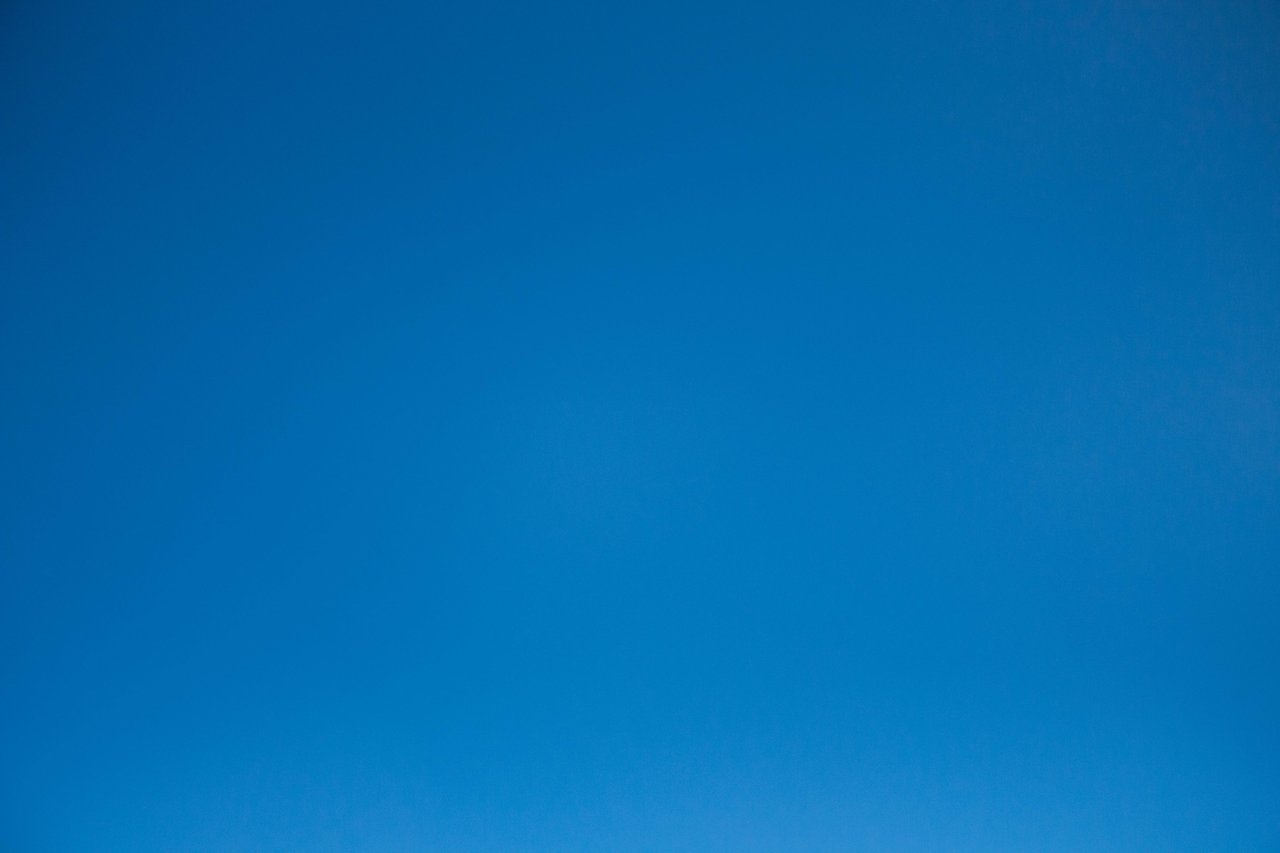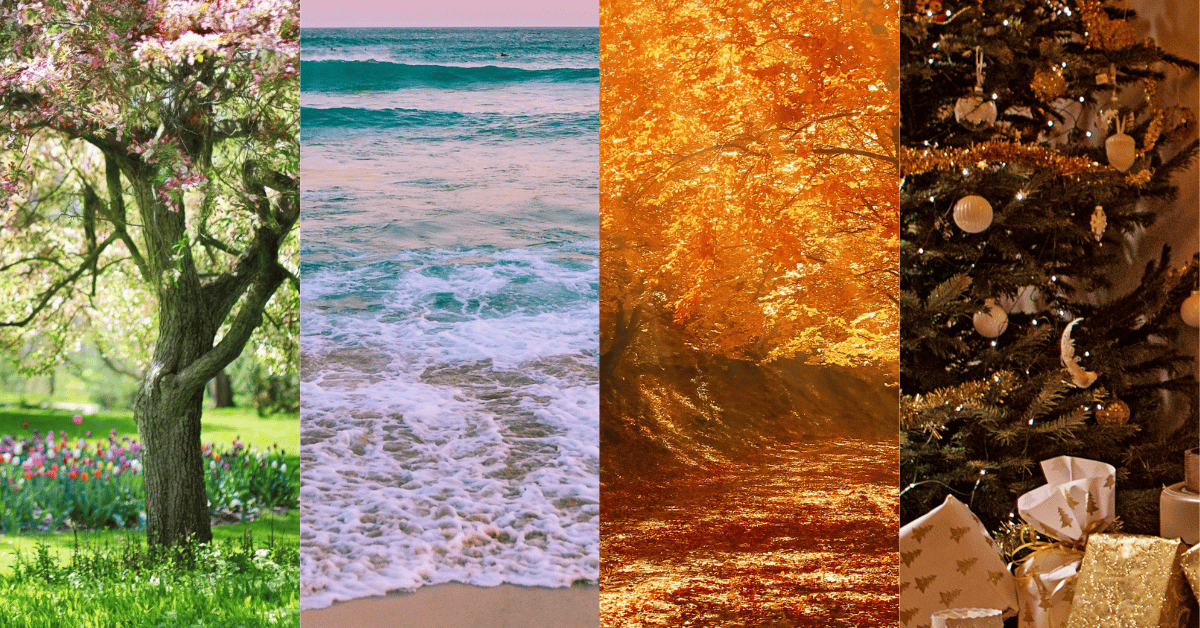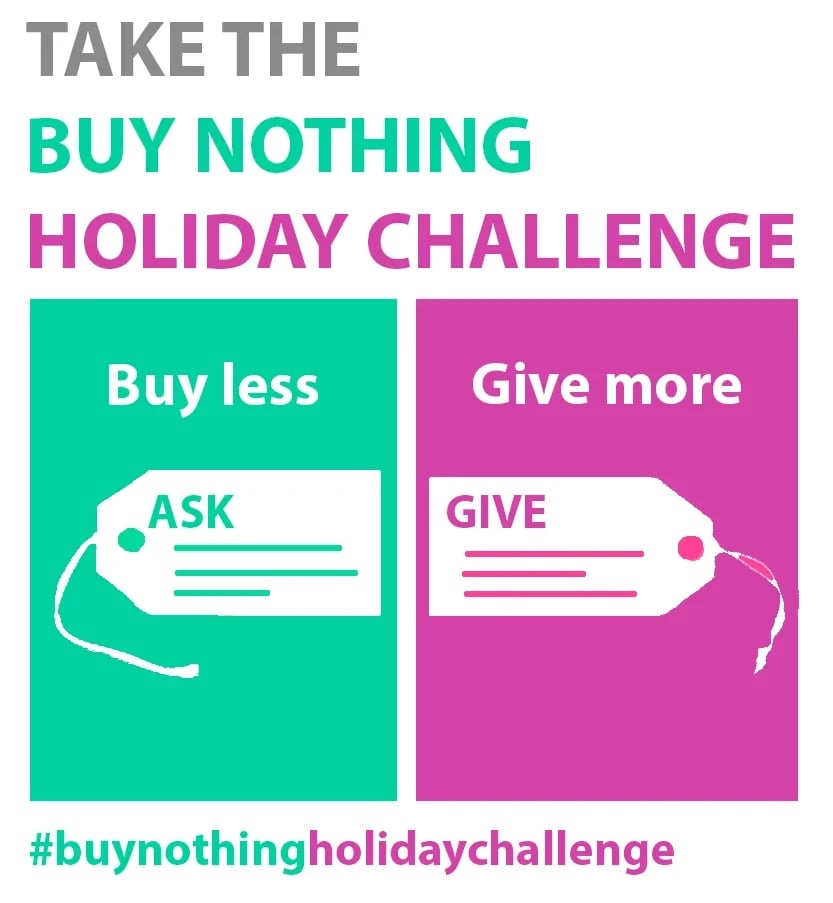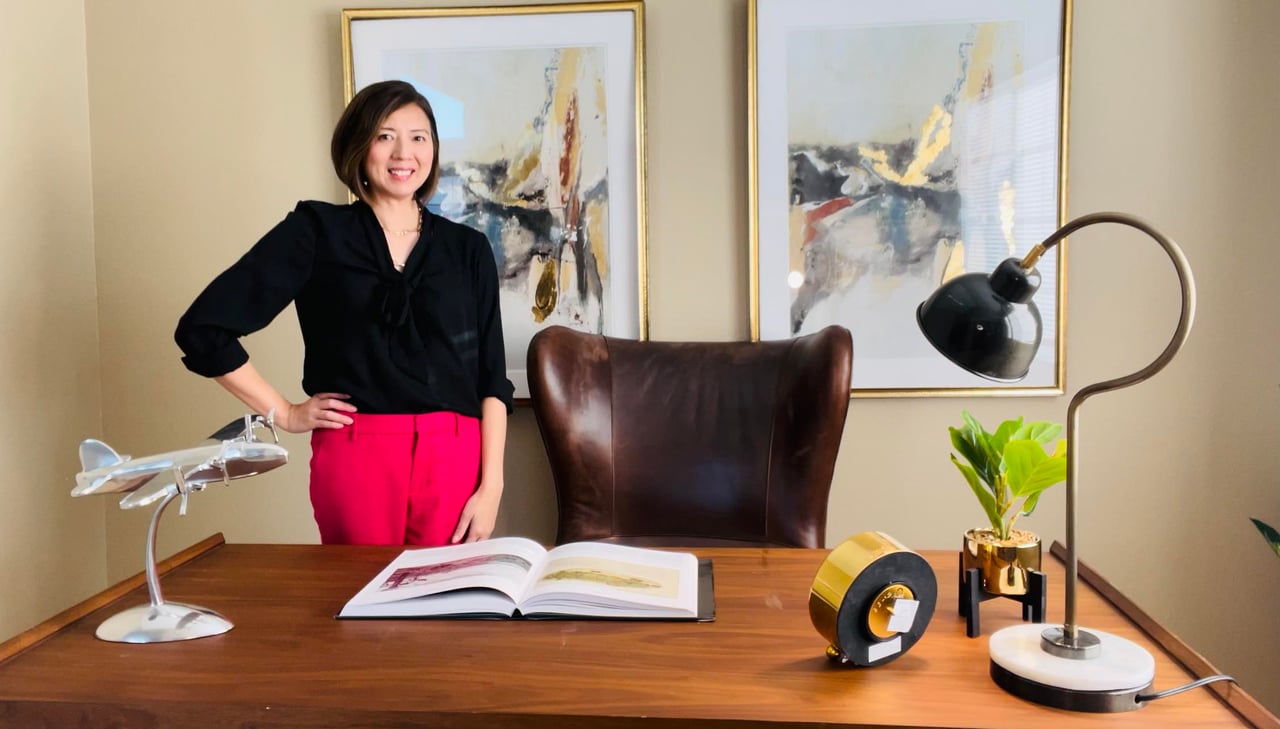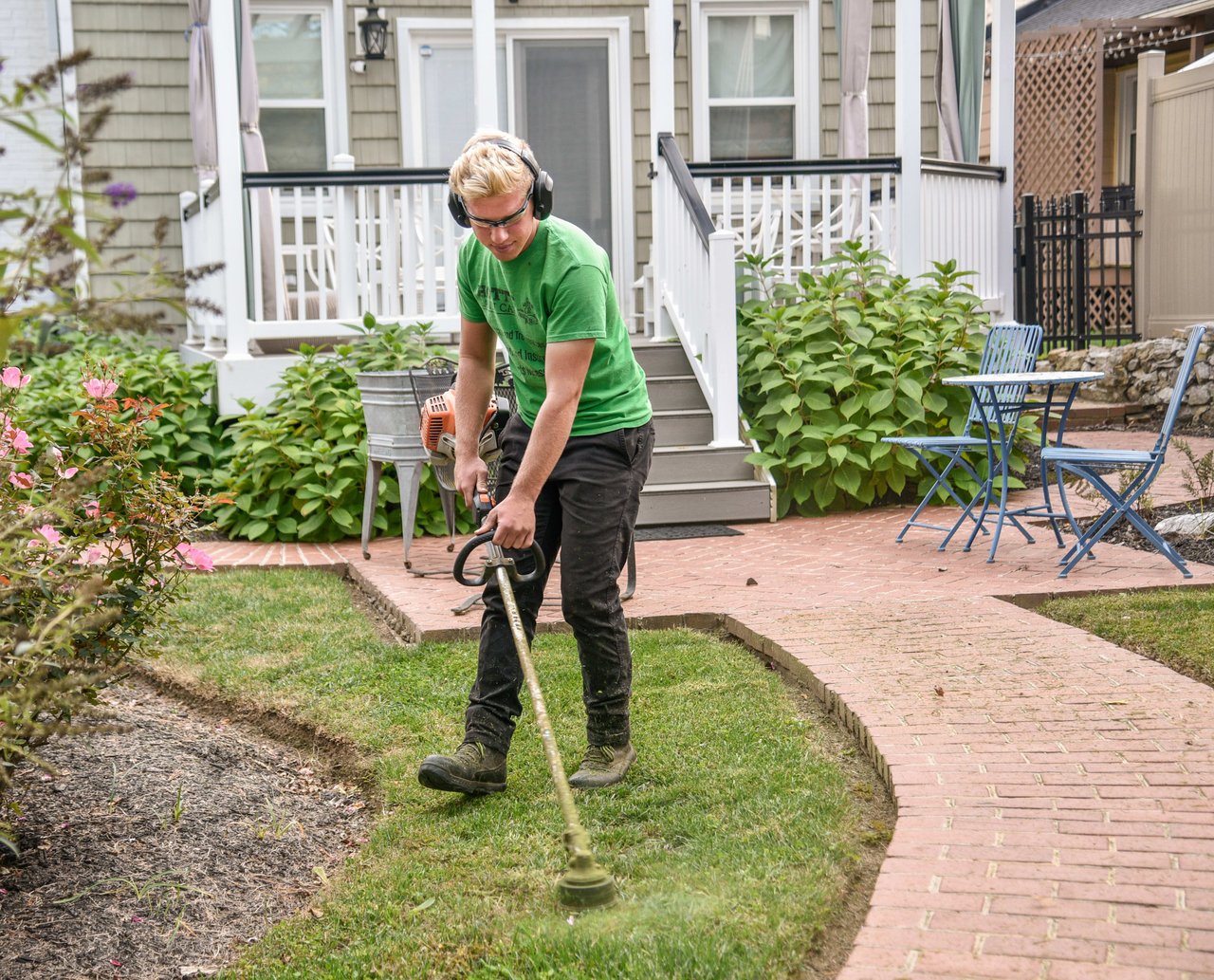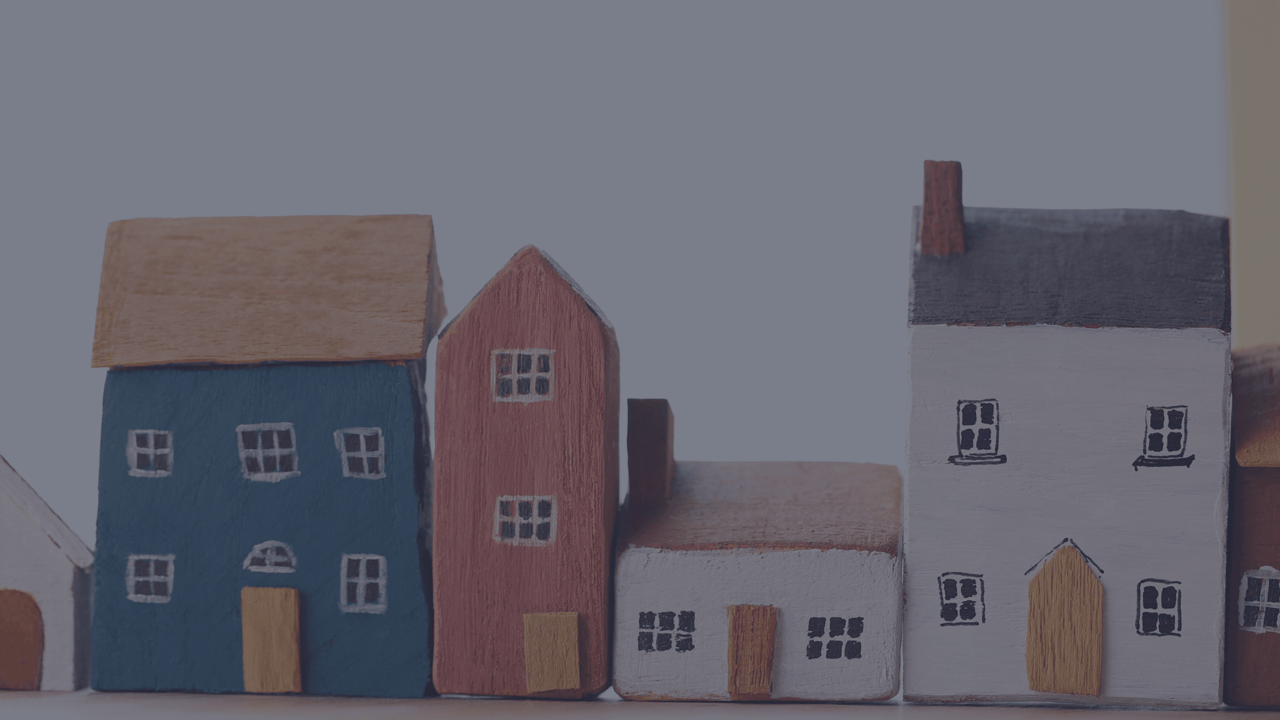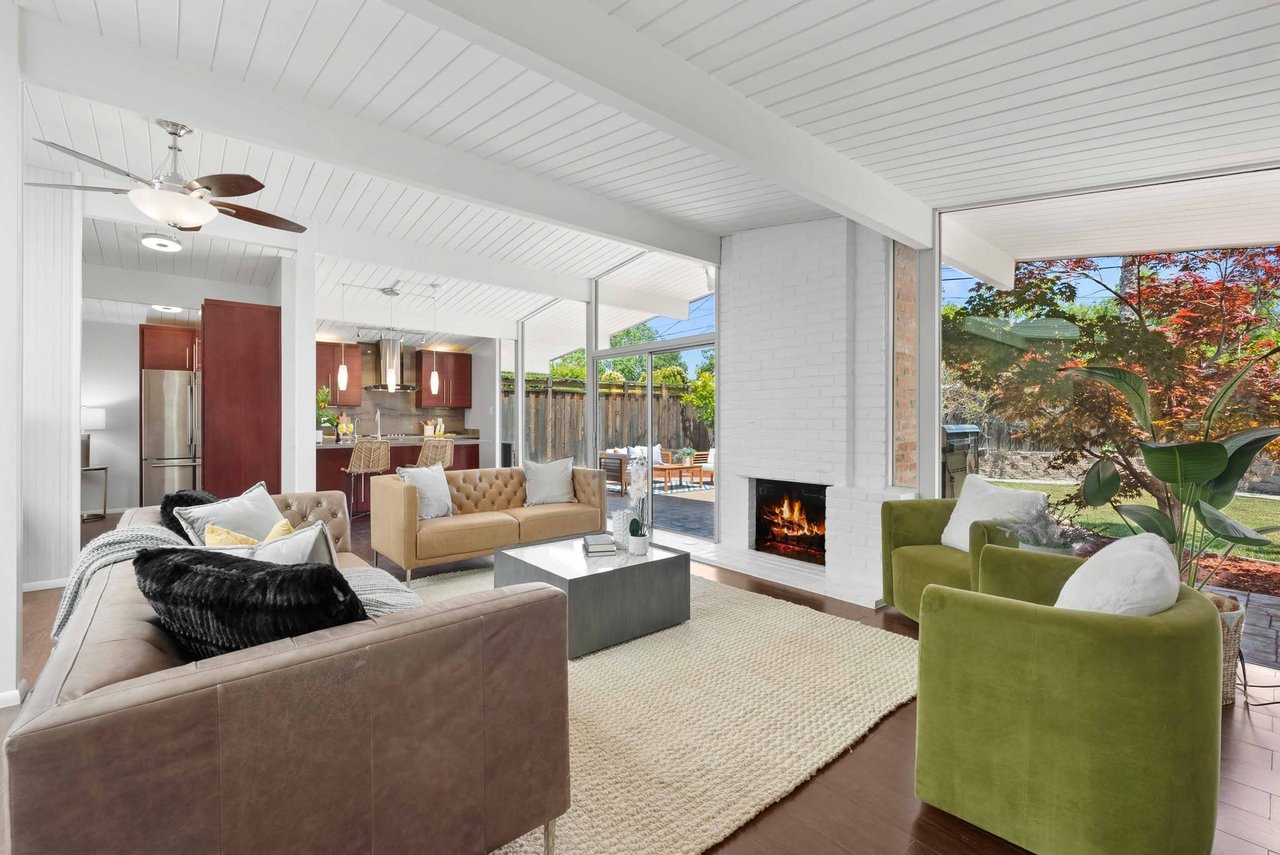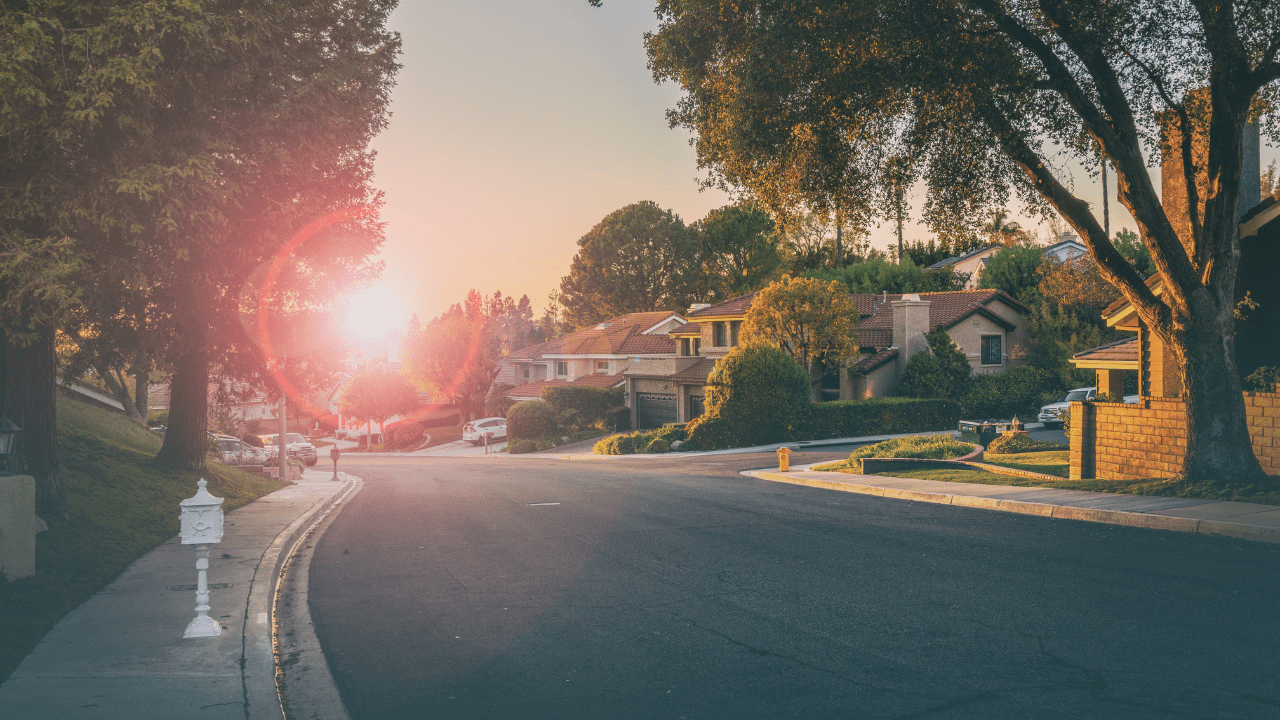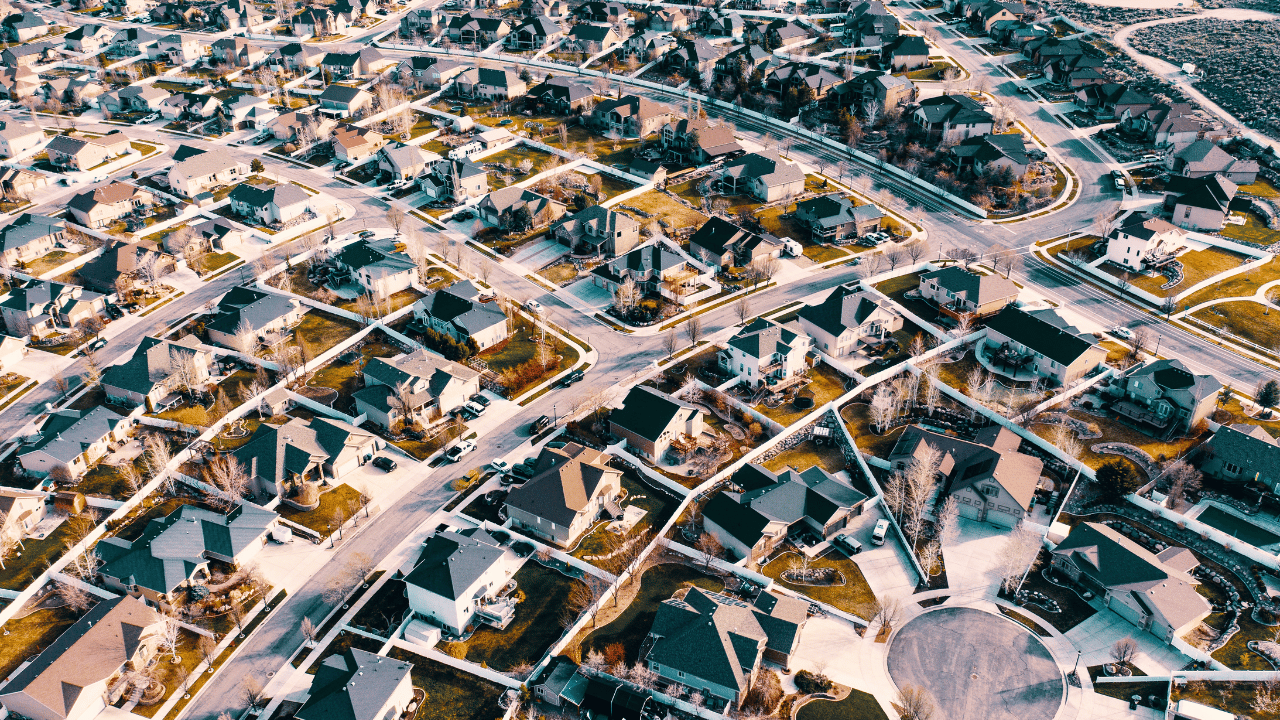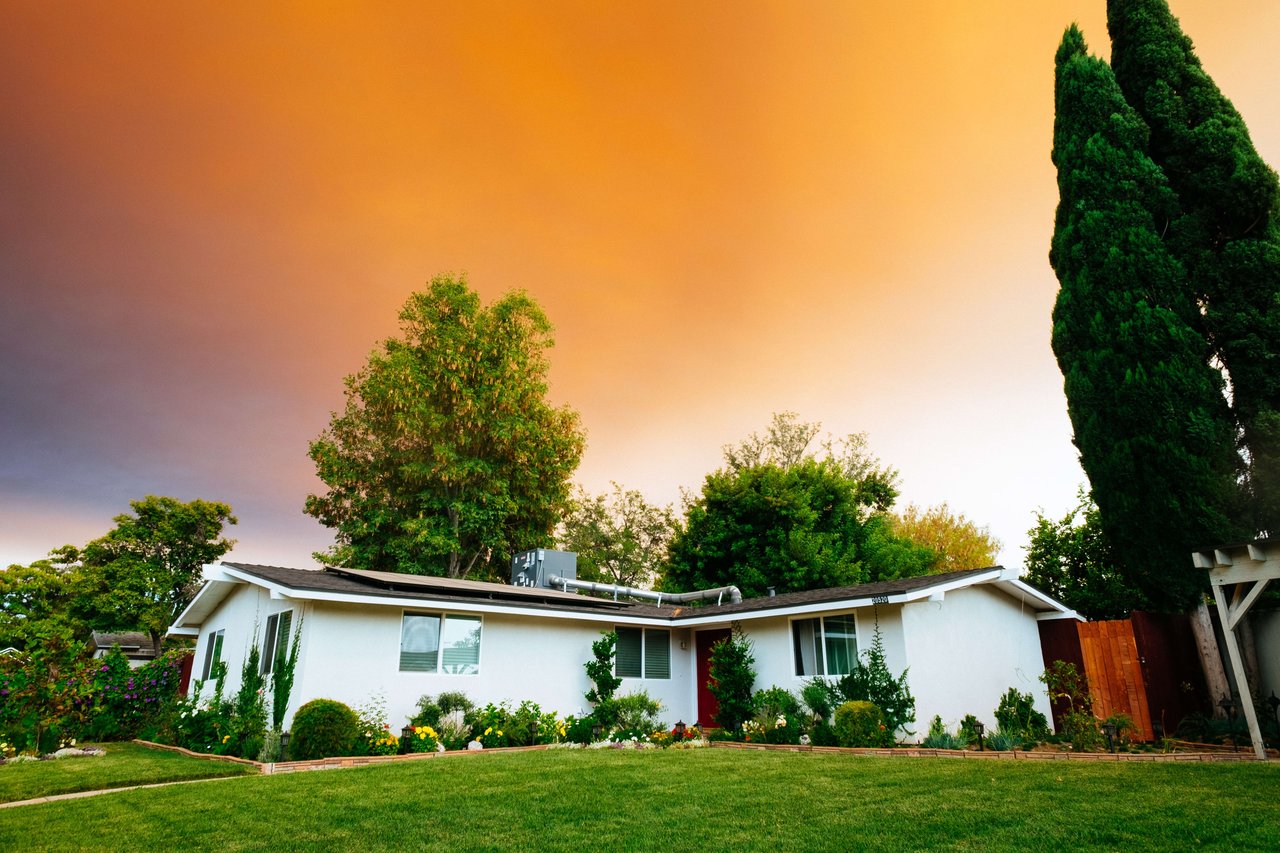In today's rapidly advancing world, a trending topic has caught the attention of many, including myself: the concept of “Blue Zones.” These enigmatic regions, which boast longer, healthier lives, seem to hold secrets the rest of the world is keen to decipher. Driven by both personal and professional curiosity, I immersed myself in the topic, hoping to learn from the recent Netflix documentary, Live to 100: Secrets of the Blue Zones by Dan Buettner, and the book Outlive: The Science and Art of Longevity by Dr. Peter Attia. Here's how this exploration has reshaped my perspective on longevity and well-being.
What Are Blue Zones?
These zones were identified by National Geographic and author, Dan Buettner, who teamed up with demographers and researchers to pinpoint these longevity hotspots. The five primary Blue Zones are:
Ikaria, Greece: A Mediterranean island where the population regularly lives into their 90s without many of the health issues that plague other parts of the world.
Okinawa, Japan: Home to the world's oldest women, with a lifestyle rooted in tradition, vegetable-rich diets, and strong community ties.
Sardinia, Italy: Particularly the mountainous Barbagia region, where men, notably, live to old age.
Loma Linda, California: Where a community of Seventh-day Adventists has a life expectancy far exceeding the US average.
Nicoya Peninsula, Costa Rica: A region known for its centenarians and a simple, nature-connected way of life.
The Revelation of the Blue Zones
“Blue Zones” are not just geographical curiosities; they're a manifestation of holistic living. From Italy to Japan, these zones teach us that while genetics set the stage, it's our lifestyle that steals the show. The profound commonalities noticed across these zones were simple yet revolutionary:
Beyond Medication: The emphasis is not on reactive health measures but proactive life choices. The Blue Zones illustrate that a life less reliant on medicines and more on holistic choices can lead to longevity. It's not about just healing but preventing.
Holistic Nutrition: It's evident that the consumption patterns in these zones lean heavily towards plant-centric diets, supplemented occasionally with lean proteins. Regular fasting and reduced calorie intake play pivotal roles too.
Everyday Movement: The residents of the Blue Zones aren't clocking hours at high-intensity gyms but are constantly on the move. Activities like gardening, hill-walking, and dancing become not just recreational choices but integral parts of daily routines.
Community and Emotional Well-being: Loneliness isn’t just a feeling; it's a significant health risk. The interconnectedness of the Blue Zone communities, where individuals rally around each other, reinforces the idea that we thrive in togetherness.
Purposeful Living: Merely existing isn't living. The people in Blue Zones seem to have a purpose that goes beyond mundane routines. Whether it’s honing a craft, volunteering, or learning continuously, they have a purpose that fuels their daily lives.
Together, these principles offer a roadmap to a life that's not just longer in years but richer in experiences and health.
Bridging Blue Zone Wisdom with Modern Insights
Having set the stage with these foundational principles, I delved into Dr. Attia's Outlive. What struck me was his emphasis on a proactive approach to longevity. It's not about waiting for diseases to manifest and then seeking treatments. It's about living in a way that diseases find hard to take root. From optimizing exercise routines to understanding nutritional biochemistry, Dr. Attia's recommendations echo the lifestyles inherently practiced in Blue Zones.
Similarly, Buettner's documentary took me on a visual exploration across these zones, emphasizing the importance of a communal life, constant activity, and a balanced diet. Through real-life accounts, I realized that these zones aren't anomalies; they’re beacons of what's possible.
The Personal Transformation: From Knowledge to Practice
These findings made me reflect on my own life. One of the insights from both the documentary and the book was the significance of low-intensity, regular physical activities. This reminded me of my recent trip with friends to the Olympic National Park in Washington. The hikes, the laughs shared, and the moments of awe as we marveled at the fall colors - wasn’t this the essence of a Blue Zone lifestyle?
The frequent conveniences of our modern lives - doorstep deliveries, luxury cars, and the omnipresent internet - might be inadvertently creating a chasm between us and optimal health. My experiences and these revelations have instilled in me an urge to foster a lifestyle that mirrors the Blue Zones in my own little ways. Whether it's choosing stairs over elevators, cultivating a small kitchen garden, or dedicating time to community service - every step counts.
Looking Forward: Crafting Our Own Blue Zones
The wisdom of the Blue Zones isn't sequestered in these specific regions; it's a universal template awaiting personalization. Blue Zones beckon us all to reevaluate and realign. In them lies the key to a life not just long, but rich in memories, health, and happiness.
